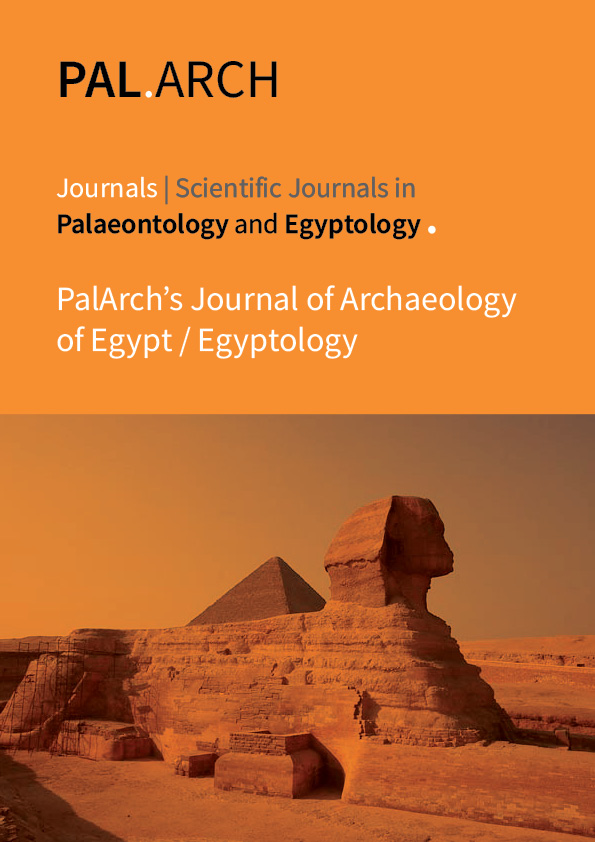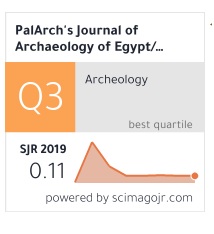EFFECTS OF SANDY GROUND QUADRUPEDAL WALKING TRAINING ON THE RATIO OF SERRATUS ANTERIOR AND UPPER TRAPEZIUS MUSCLE ACTIVITY
Abstract
This study aimed to identify the immediate effects of quadrupedal walking on sand and
general ground as well as and the activity ratio of the serratus anterior, and upper trapezius
muscles in healthy adults.34 health adults were randomly assigned to the 2 groups based on
the exercises they performed the sand group (n = 18), the general group (n = 16). For the
baseline measurements prior to the experimental exercises, the activities of the serratus
anterior, and upper trapezius muscles were measured using surface electromyography of the
shoulder movement at 90° flexion. The same measurements were taken after the 30-minute
exercise trial, and the results were compared. A paired t-test was used to assess the
differences between the effects of the pre- and post-exercise on scapular muscle activation in
each group.
Based on the results, the quadrupedal walking sand group demonstrated significantly
increased serratus anterior activity in the post-exercise measurements of the shoulder flexion
at the 90°. Thus, quadrupedal walking on the sand surface is proposed as an effective exercise
in improving serratus anterior muscle activity, and also upper trapezius / serratus activity
ratio increase through various movements of the shoulder.



